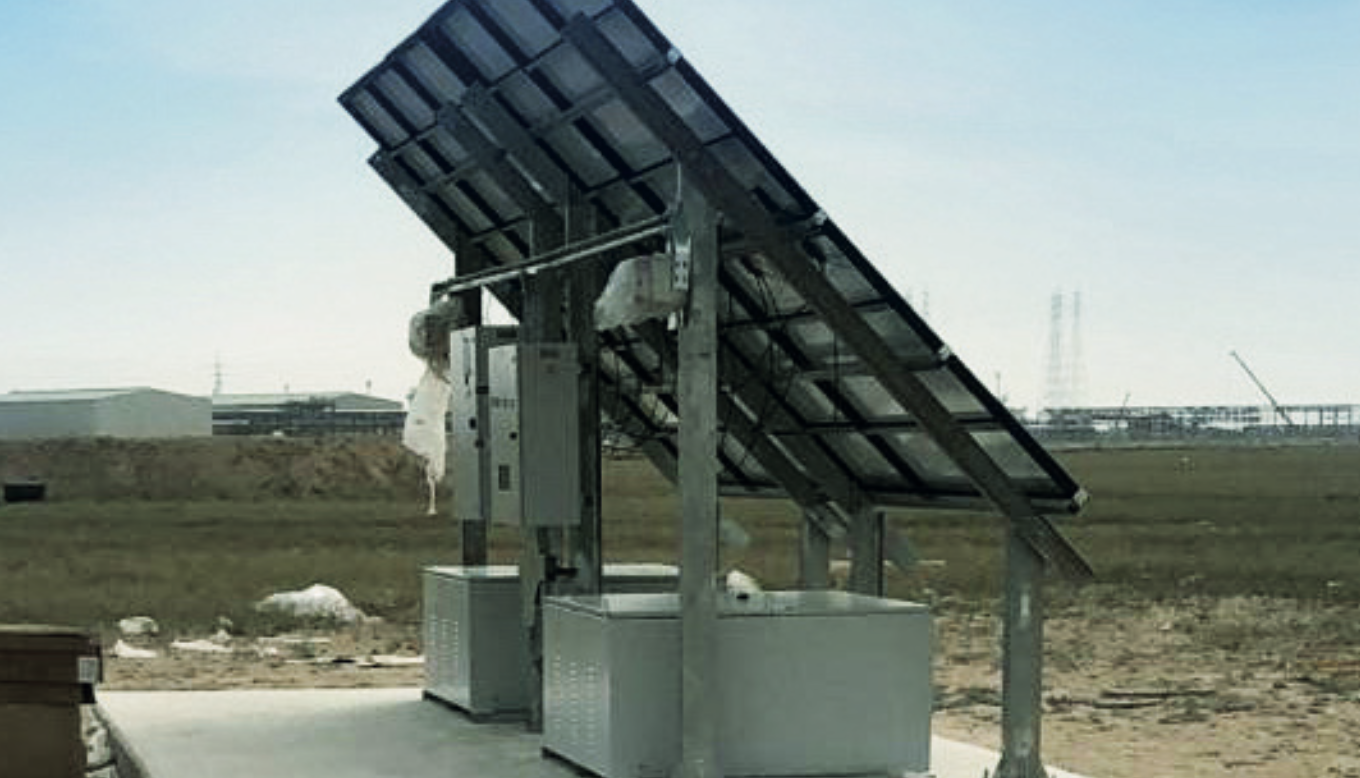What exactly is meant by the digital oilfield?
From its origins in the early 1970s when the first pressure/temperature gauges were fitted into subsea wells and data logging via satellite began, the digital oilfield concept has evolved from simple data gathering activity to the automation, control, and optimization of nearly every process involved upstream (exploration, development, and production) and midstream (transport and storage). Initially adopted for offshore, deep-water facilities where the extremely remote and hazardous nature of operations made automation an asset, digital oilfield technology is expanding rapidly into all facets of on-shore operations.
New technologies have transformed the concept from simple data acquisition and monitoring to a fully-digitized management system, one that frees-up valuable engineering resources for analysis, planning and implementation activities rather than reading screens and watching gauges. Key elements of a digital oilfield today include (but are not limited to):
• Data management
• Process automation
• Drilling and production optimization
• Control and monitoring
• Sensors and instrumentation
• Pipeline integrity, including cathodic protection
• Robotic drilling and smart wells
• Security
• Lighting (fields and platforms)
• Safety management
Of the many definitions of what exactly constitutes a digital oilfield, one of the simplest is the sensors, telecommunications networks, simulation and optimization, and robotics, coupled with advanced condition monitoring and computational power, which enable major changes to working methods.



























